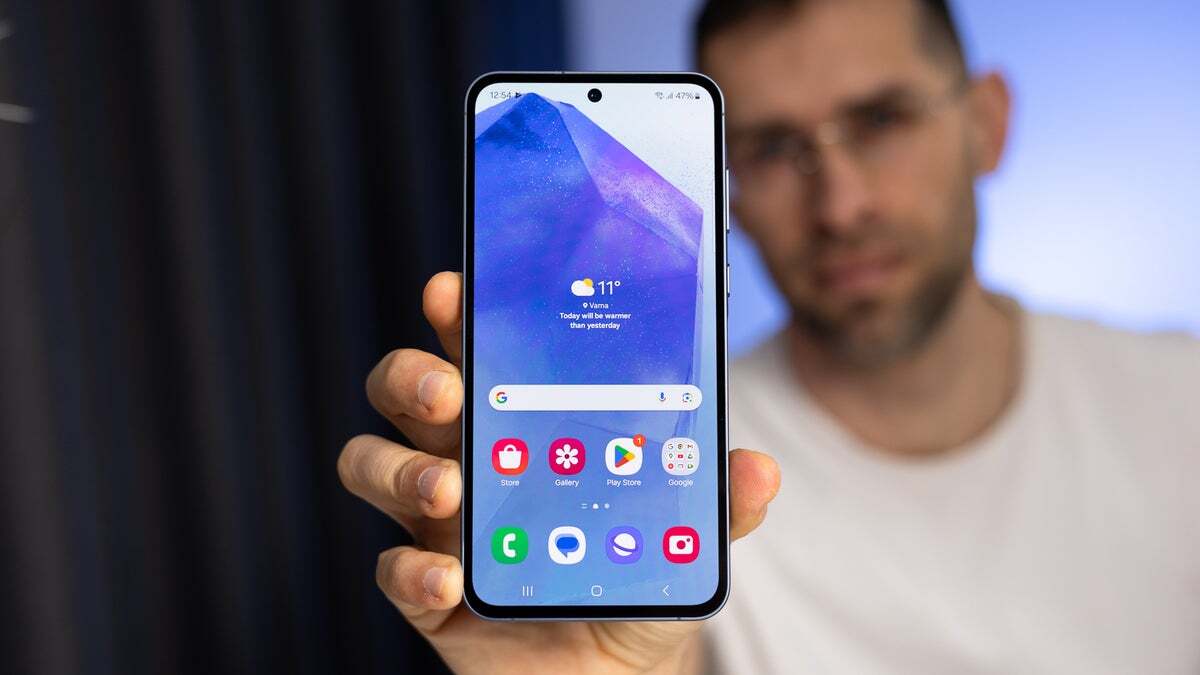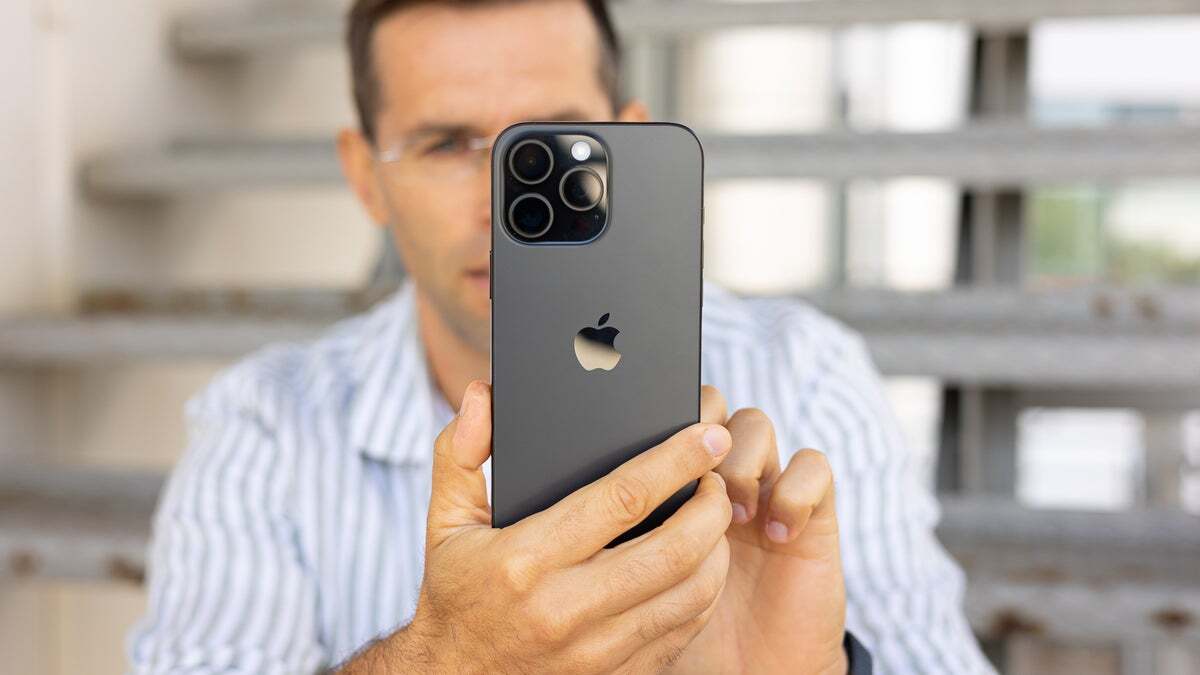We’ll have none of that today. No specs, no camera comparisons, no battery life slanders and certainly no gladiator chipset fights.
However, we’ll still be talking about all the aforementioned devices – plus many, many more.
The name of the game (pun intended) today is… phone namings. Monikers. Officials titles, tags, and labels.
Maybe it’s the minimalist in me, but I like shorter, punchier, overall tight monikers. Like: iPhone 14. Or: OnePlus 12. It just rolls off the tongue so much more natural than, let’s say, “Oppo Find X7 Ultra”. What a tongue twister! However, the latter packs the best camera set (for my needs) and I can’t ditch it for a sweeter-sounding device. I’m stuck with it.

In the real world, everybody calls the Galaxy S24 Ultra just ‘the S24 Ultra’. | Image credit – PhoneArena
I’m a huge fan of the way Samsung has decided to name its S-line flagships in recent years. In 2024, it’s the S24, next year (2025), it’ll be the S25. Get it?
One thing I find extremely unnecessary is the “Galaxy” part, though. Nobody calls the Galaxy S24 Ultra the “Galaxy S24 Ultra”, or at least too many people. Here, in the real world, we call it just the “S24 Ultra”. Like the “S20”, or the “S23 Plus”.
That’s why I’m halfway glad that Samsung could be ditching the “Galaxy” naming:
This shift could affect Samsung’s most advanced S-line models by distinguishing them from its wide range of Galaxy devices, which span from budget to flagship tiers. The report suggests that separating its high-end phones under a unique brand could help Samsung compete more directly with Apple’s consistent, premium-focused iPhone lineup.
My idea is a very simple one, although it could be seen as controversial by some. I say just cut it off and stick with the “S + year of release” formula. Much more stylish. Much easier to understand.
Samsung will probably come up with yet another word for “Galaxy”, though.
Product naming isn’t just cosmetic; it influences consumer perception and brand loyalty. Psychologically, a name can invoke feelings, create associations, and even shape expectations. When a name is catchy, memorable, or hints at luxury (e.g., “iPhone”), it draws consumers in by building a subconscious connection with the product.
It’s a marketing thing: clear and simple naming conventions support brand recognition and ease of choice, while convoluted names can turn off potential buyers, making them feel as though the product is overly complex or difficult to understand.
With each new addition to a brand lineup, a strong, coherent naming strategy helps maintain a sense of brand lineage. For example, Apple’s iPhone naming sequence is straightforward, fostering a sense of predictability and reliability.
Cool-sounding phone names


Samsung should stick with ‘Galaxy’ for its mid-ties options, like the Galaxy A55. | Image credit – PhoneArena
Nokia 3310.
Now, do we like it, because “Nokia 3310” itself sounds cool, or have we convinced ourselves that it sounds good, because the phone itself was a mega (giga, ultra) hit all over the world?
Be it as it may, on the top of my mind I can immediately come up with monikers like “Motorola Razr”, or “Siemens C55”, or “LG Chocolate”, or “Sony Ericsson T610”. None of these could take 50 MP photos, but I’ll always remember them – and their names.
Phones that made their names distinctive from the start often stayed in the collective memory. These older brands recognized that a well-chosen name could convey the phone’s promise or unique aspect without needing extra explanation.
When names get confusing


The iPhone 16 Pro Max is balanced in sounding. Certainly not short, but not long, either. | Image credit – PhoneArena
Today’s consumers can easily get disoriented with the sheer number of brands, models, and variations, especially as companies pile on terms like “Pro”, “Max”, “Ultra”, and “XL”.
A new smartphone buyer might be able to distinguish between an iPhone 16 and a Galaxy S24, but differentiating between the numerous models within a brand line, each with minor variations, can lead to decision fatigue.
Whether intentional or not, this overwhelming array of options can benefit tech brands by creating an endless upgrade loop. When users feel as though they never quite own the “top” version, the urge to upgrade persists. It’s possible that, by making model names complex, brands capitalize on consumer confusion, creating a subtle pressure to upgrade to the next model in the hope of achieving the elusive “best”.
Apple’s approach to naming its flagship smartphone, the iPhone, is unique in its simplicity and consistency. By sticking with a straightforward sequence (iPhone 1, 3G, … 16), Apple has cultivated a sense of stability and prestige around the brand.
Consumers feel assured that they know what they’re getting when the new iPhone arrives each year, whether it’s the Pro, the standard, or a Mini (although that’s a thing of the past nowadays).
But this consistency could also become a limitation in the future.
Say what you will, but I’ll laugh my socks off at the “iPhone 45” moniker, if I’m around to witness it. Sorry, but that’s just not a serious name.
Just stop with the annual release cycle


Saying ‘Google Pixel 9 Pro XL’ is not my favorite thing in the world. Too long a tongue-twisting. | Image credit – PhoneArena
Today, most of the companies out there are caught in a cycle of annual releases, which has driven a flood of new models. Consumers feeling overwhelmed.
Every year, a new phone may be slightly faster, have a better camera, or a few new features, but does it truly redefine the experience? For me, absolutely not.
If companies moved to a bi-annual release cycle, there’s a chance we’d see more significant advancements with each new generation.
Also, we’d have a chance to take a breath and finally find our feet in the “Ace-Pro-Magic-XL-Galaxy-Max-Pura” mess.

